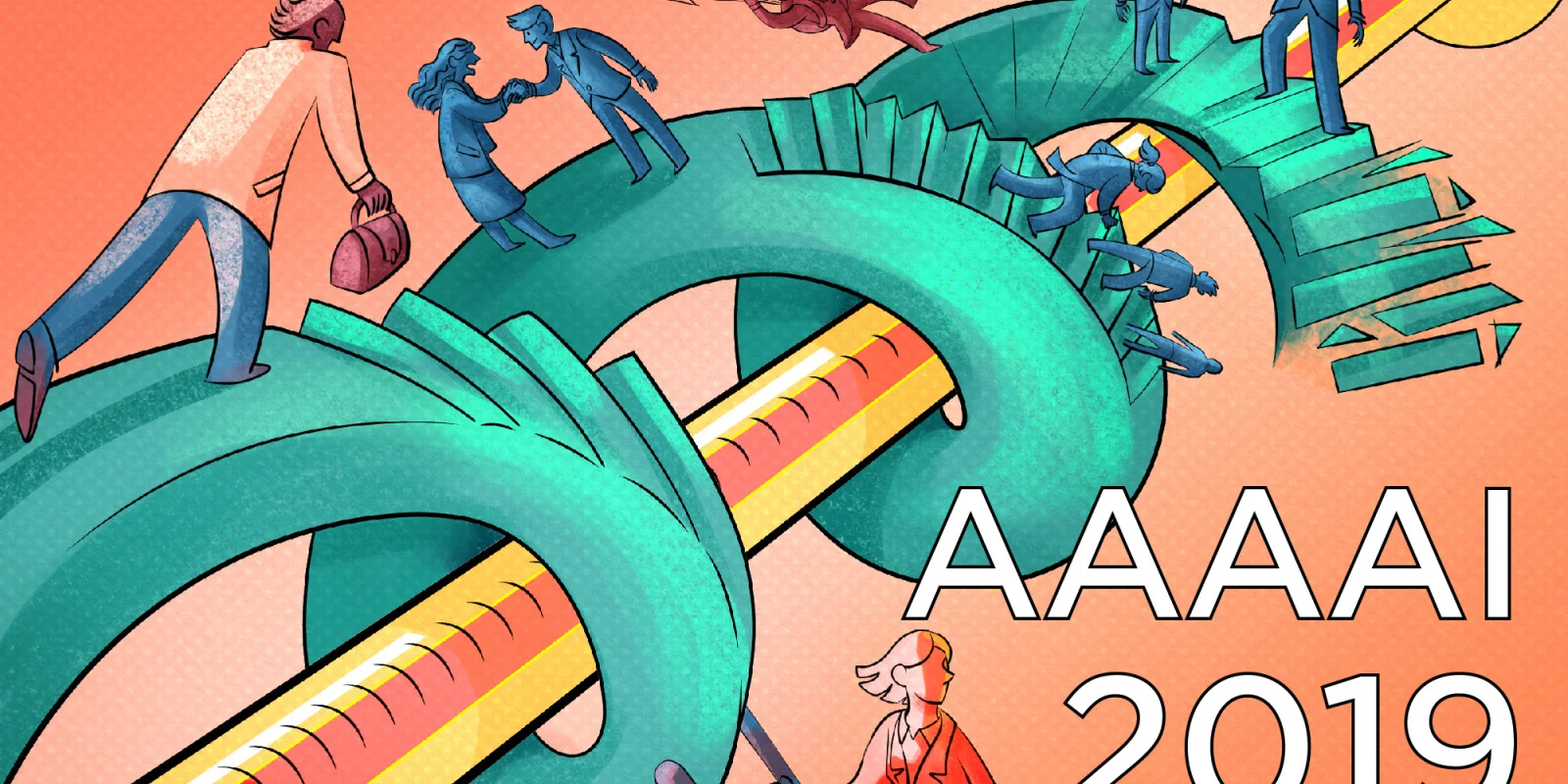
As an Allergist, I talk to parents about their children’s asthma, food allergies, allergic rhinitis, and eczema every day. But even outside of work, it usually takes less than 30 seconds after meeting someone before they start telling me about their own personal allergies. This should not come as a shock as allergic diseases have been on the rise for more than 50 years — now affecting more than 24 million individuals in the United States.
At this year’s American Academy of Allergy Asthma and Immunology Annual Meeting in San Francisco, this focus on treating, and in some cases preventing, allergic conditions in a growing population was highlighted. At the same time though, there was an emphasis on phenotyping and personalized therapy. With this in mind, I kept coming back to the same question: As we make advances in the care of patients with allergies, how do we provide the greatest good for a population while also balancing the cost, implementation, and personalization of medicine?
One area this balance was highlighted was in the focus of this year’s meeting – food allergy. Stemming from the Learning Early about Peanut Allergy (LEAP) trial published in the New England Journal of Medicine in 2015, guidelines were published in 2017 advising on the early introduction of peanut in at risk infants to help prevent the development of peanut allergy. These guidelines recommend that those children who are deemed high risk have either skin prick or serum IgE testing to peanut prior to introduction.
The implementation of these guidelines is not as clean cut. Some countries such as Australia, the United Kingdom, and Japan do not test prior to introduction — but also may have less prevalence of peanut allergy compared to the United States. A broad screening program in advance of peanut introduction in the United States is not cost-effective at a population level and may still miss up to 25 percent of children with a peanut allergy. That being said, food allergies cause significant anxiety for families, and some may not introduce peanut into a child’s diet without prior testing — potentially placing them at increased risk for peanut allergy development with delayed introduction.
It may be reasonable for some families who both place a high value on minimizing risk of peanut development and accept a small risk of a severe reaction to choose to defer screening. Clearly though, this evidence leads to a conversation that allergists should be having with families as well as with primary care providers.
This balance between care of the individual patient and the population was highlighted at the meeting in the incorporation of technology into asthma care. I was fortunate enough to lead a session on this topic with Giselle Mosnaim, MD. Electronic medication monitors which record the use of inhaled medications in real time for asthma and COPD are emerging onto the market. Such technology provides both physicians and patients with accurate information on their medication use, which can be used to counsel patients to increase adherence. Individually, this may lead to decreased escalation of care and overall reduced costs. However, implementation of such a system broadly still has challenges including device costs, time cost to teach providers and families on their use, and manpower to monitor the data.
Regardless of the field, as we consider these population-level and personalized decisions, we should be cognizant to educate our patients. I thought one of the premiere lectures at the AAAAI meeting was by David Stukus, MD from Nationwide Children’s Hospital. In his talk, Dr. Stukus discussed the importance of educating patients in a climate where “Dr. Google” and celebrities may be their first line of medical information. By developing a plan to engage patients and families and educating them on the evidence in terms they can understand, we can make a shared decision on what is best for their healthcare needs.
I have been attending the AAAAI annual meeting for seven years now, and every time I leave excited about my field and what we can do to help our patients. Novel therapies and technologies are revolutionizing the care of asthma, eczema, and food allergy. This time I left with the same enthusiasm, but also a curiosity of how we will treat the population while providing individualized care.
Dr. William Anderson is an allergist at Children’s Hospital Colorado where he is the director for the Multidisciplinary Asthma Clinic. His interests include asthma, technology in healthcare, and pediatric to adult care transition.






